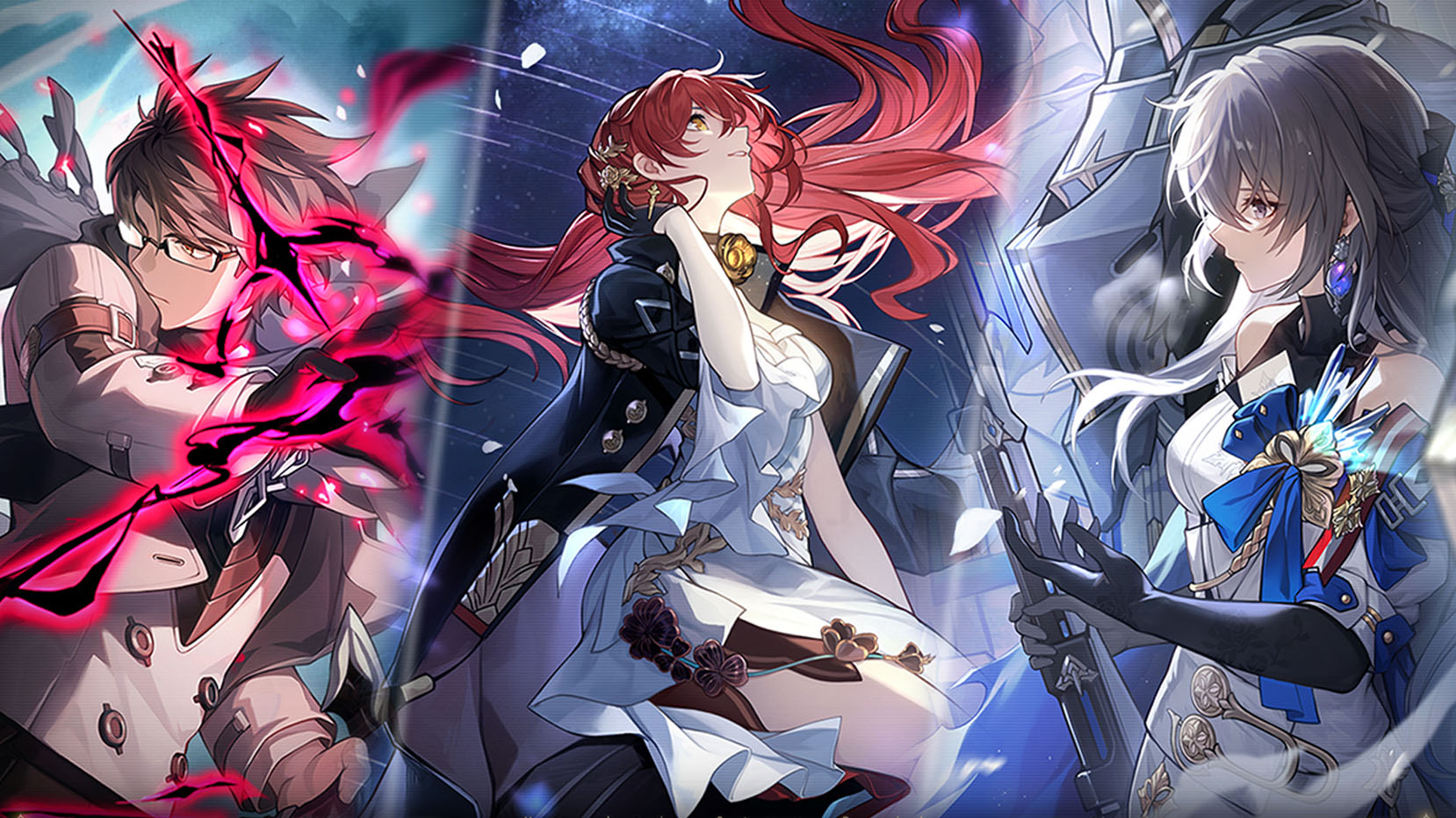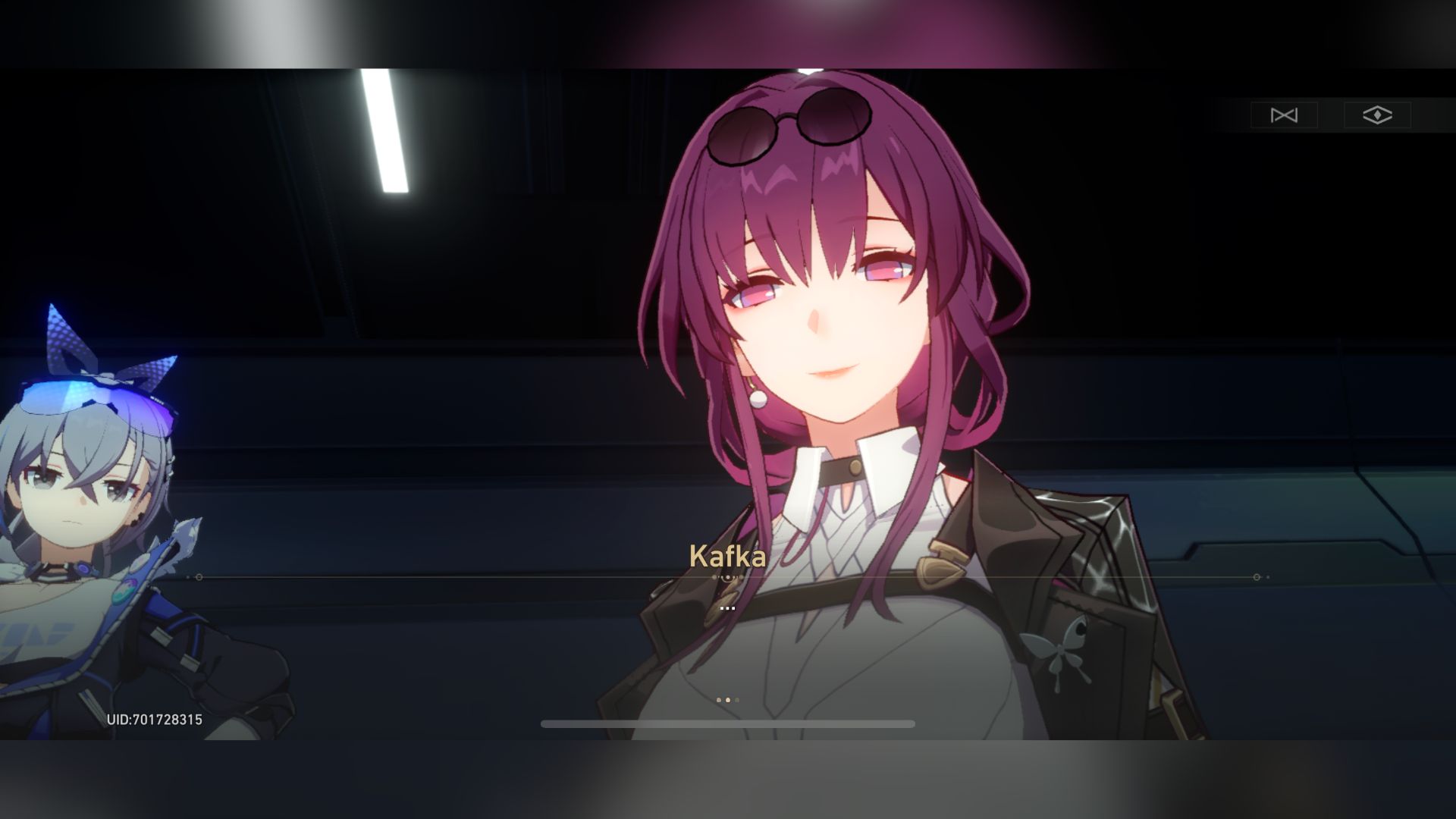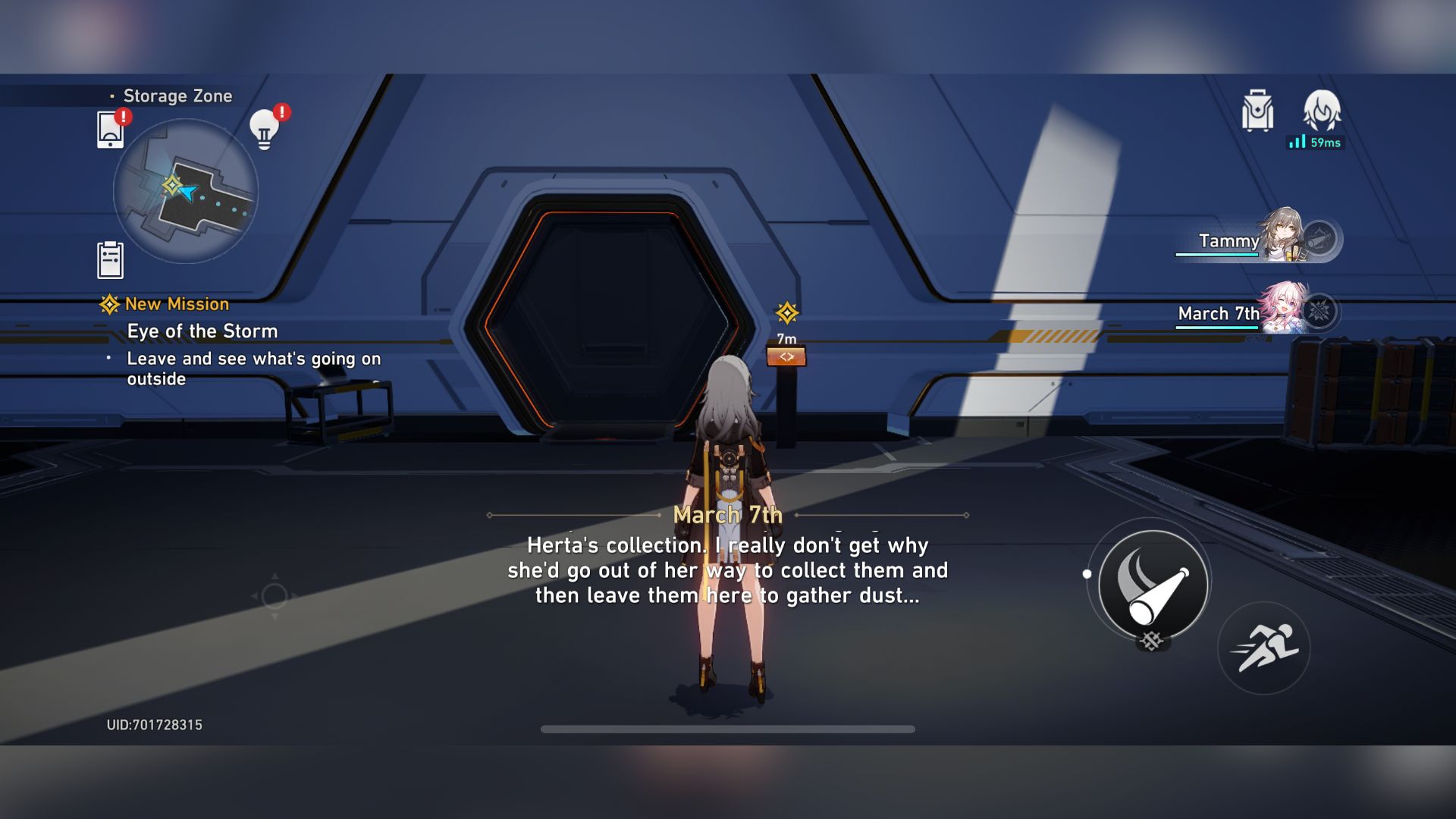
I am one of those anime RPG fans. Since I first sat down as a child, being mere millimeters from a massive CRT box TV and a whirring PlayStation 1 console with Final Fantasy VII, I’ve loved over-the-top fantasy and Sci-Fi worlds with turn-based combat.
I've noticed there’s not nearly enough of it in recent years, with many role-playing games (RPG) trying to mix things up with extra bits and bobs that overcomplicate things beyond the traditional premise, such as later Final Fantasy entries.
Honkai Star Rail, a game from the creators of the mega-popular Genshin Impact, is pretty much everything I could have hoped for in a mobile turn-based RPG. It’s filled with Anime character designs, old-school battle mechanics, and an incredible sci-fi aesthetic.
I really like it – but I’m also worried about how integral to the experience microtransactions are and how predatory they feel for the neurodivergent, or people with Autism, ADHD, and other non-typical ways of viewing the world.
It’s a good game

Honkai Star Rail plays like a classic RPG. You create your character and then awaken on a besieged space station before you start your journey in the stars. The story (so far) is not so much simple but reminiscent of older anime RPGs – and for a fan like me, you wouldn't want it any other way. It’s a lot of fun and very engaging for a free game, alongside being wonderfully over the top to go with the creative character designs.
In fact, I'd go further to state that the designs of its characters and the overworld itself, add up to make Star Rail an incredibly stylish game. Everything has this super cool, edgy design that feels about as close to Sci-Fi anime as possible, reminiscent of the likes of Rwby, or Psycho-Pass.
The costumes the characters wear all look unique and interesting, and the environments are more than just boring space station interiors. It bleeds into the battles, too, with some slick animations for attacks and special moves.
It is still a wait-your-turn and press attack until the battle’s over system, just like so many from the 90s before it.
The combat works really well too. There are extras on top of the central turn-based battle system, such as special moves and multiple attack types, but they don’t make things too complicated. It's still a system that has you wait your turn and press attack until the battle’s over, similar to other games from the 90s before it. It’s conventional – and that’s what makes it so good.
It’s weirdly refreshing compared to over-complicated battle systems with timers, button combos, and quick time events, similar to what you might find in the latest Final Fantasy games. The fact that it’s on my iPhone 14 Pro Max makes it more impressive to me, even if I do have to use the touch screen to play.
The 'Gacha' problem

Like Genshin Impact that came before it, Honkai Star Rail is a Gacha game. That means that you can spend real money on getting extra characters for a game through a kind of gambling mechanic, where you engage with a digital version of one of those capsule vending machines you might find in a shopping mall or supermarket.
This bit can also be enjoyed for free, where you are given some in-game currency whenever you complete certain quests, or meet other criteria. The trouble is in how it's presented in the game – if you want to get the characters that you want quicker than just with the free currency, you can use real-life money to expedite the process
You're occasionally given exactly what you want in a ‘pull’, with a cool character and some useful weapons and other accessories to go with it. Most of the time, however, you are likely to receive run-of-the-mill items that won’t be of any interest – and this is where the whole thing can become too addictive for certain personality types or those whose brains may be wired to react to certain situations differently.
It’s almost like a trap for us, designed to drip-feed you what you want slowly so that you pump the system full of money to get what you desire more quickly.
It’s a system designed to prey on those that are most susceptible to the whiles of the mechanic, looking for that next character or weapon.
Sure, for some, it’s easy to walk away and stop playing these kinds of features in some games. For others, however, it’s a system designed to prey on those that are most susceptible to the whiles of the mechanic, looking for that next character or weapon.
It’s insidious, and it really makes me rethink whether I really enjoy the game as much as I might otherwise. I find it really hard to get through the Gacha mechanic and its microtransactions, and for some, it might be even harder to resist.
There’s data to back the Gacha problem up

It’s not just an anecdotal problem in the grand scheme of things – there are real-world impacts of systems like this. In Europe, eighteen countries came together last year to back a report from the Norwegian Consumer Council that wanted more legislation on loot boxes and Gacha game mechanics powered by microtransactions.
A UK report found that loot boxes are “structurally and psychologically akin to gambling", going on to call for, again, more legislation around their use. These are recognized as problems that can cost real people, real money, especially as kids and neurodivergent people find themselves absorbed in these alluring experiences and end up, in some cases, spending tens of thousands of dollars to get the right character.
Therein lies the problem – as companies are able to make billions of dollars every year from the systems, they are going to continue to use them until they are told they cannot.
Games such as Diablo Immortal, a game well known for its microtransactions, have been banned in the Netherlands and Belgium, having been blamed for some players spending unreasonable amounts of money. Genshin Impact, which again, is created by the same creators as Honkai Star Rail, has been blamed for a player that spent $20,000 of her father's money, who had to fight to get it back.
But therein lies the problem – as companies are able to make billions of dollars every year from the systems, they are going to continue to use them until they are told they cannot. And that leaves thousands of vulnerable people who have issues with addiction left open for publishers and companies to bleed off their personal finances.
Honkai Star Rail is nowhere close to the worst offender – none of the rewards found in the Gacha system are pay-to-win, and you could avoid the system in its entirety if needs be. Yet the system remains and connects directly with your best iPhone's payment method – as predatory as it is everywhere else.







